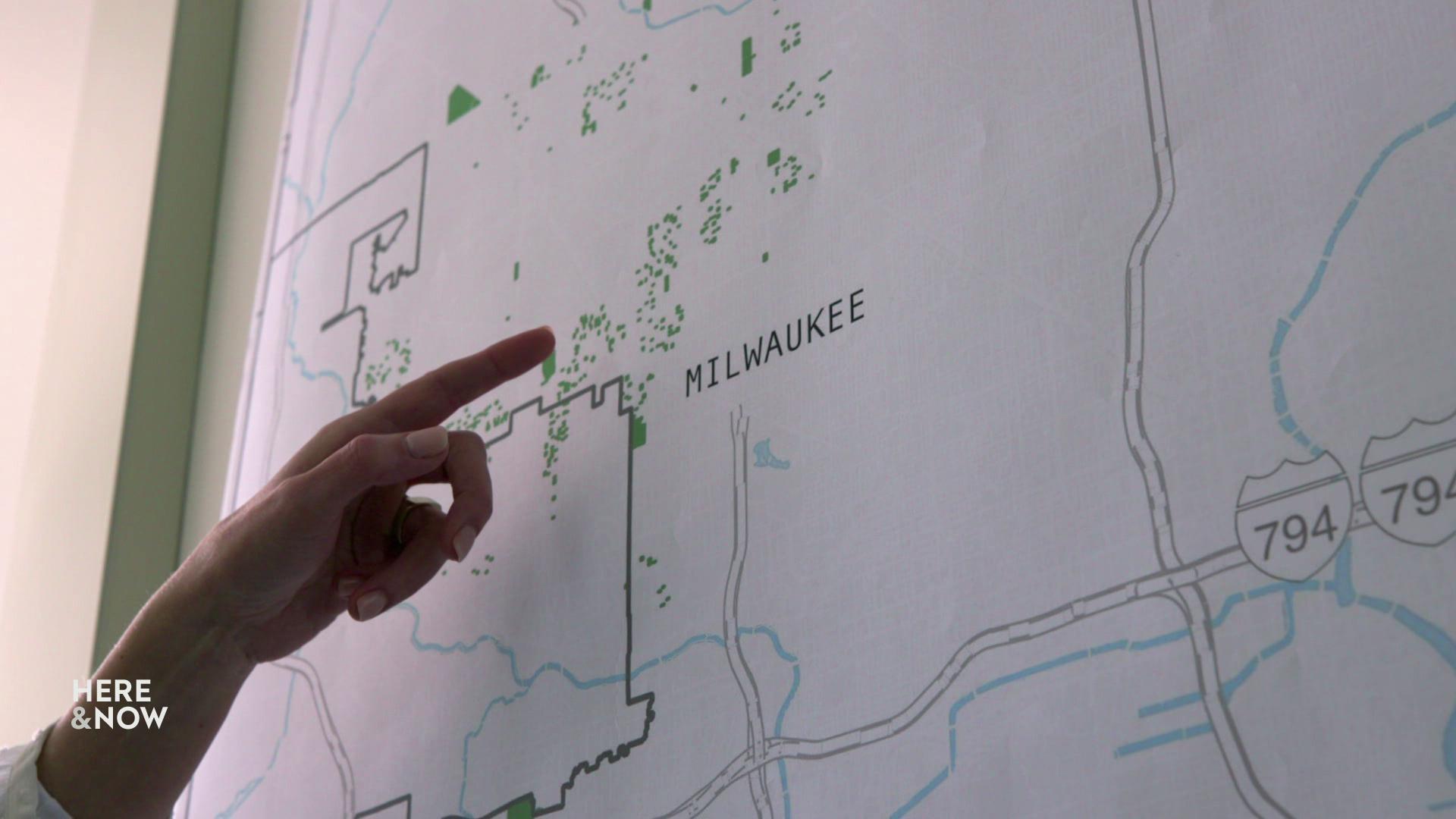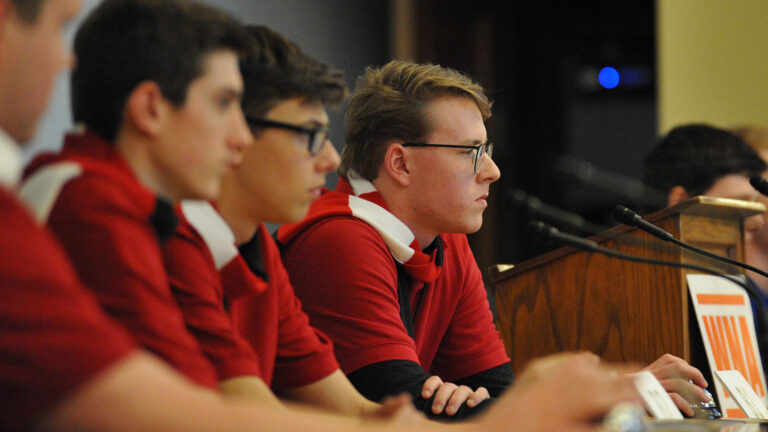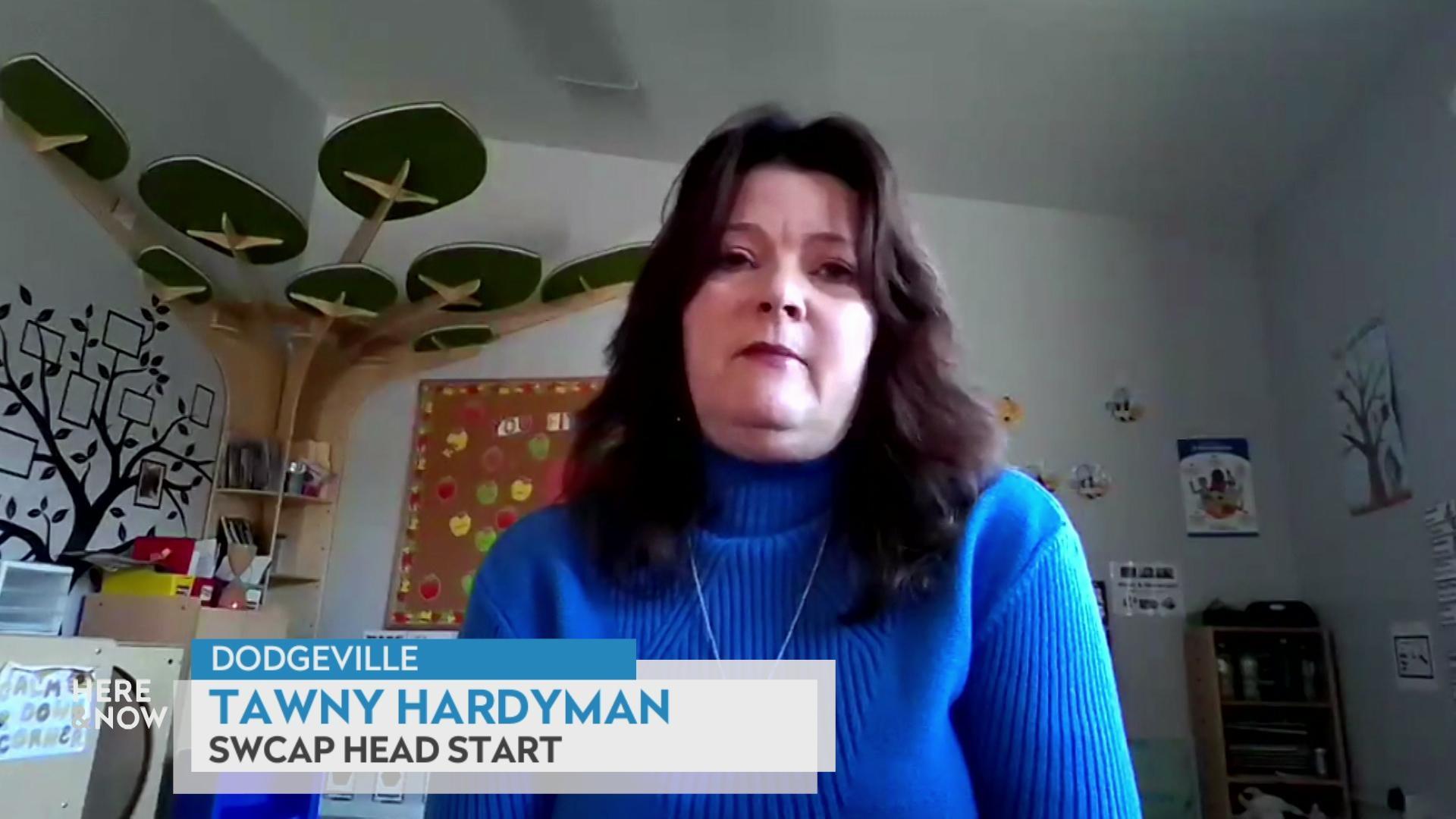How school districts use 'defeasance' to pass referendums
Wisconsin school districts are using a financial tool called "defeasance" — increasing spending to prepay debt that reduces interest costs — to make it look like operating referendums do not raise taxes.
By Zac Schultz | Here & Now
April 19, 2024
Just before the April 2 election, PBS Wisconsin reported on the rise of school districts around the state going to referendum for operating expenses.
A report from the Wisconsin Policy Forum shows that in February and April 2024, voters approved 41 operating referendums, the biggest being the $252 million a year request for the Milwaukee Public Schools. But a number of districts also saw their requests denied by voters.
Two school districts that saw their referendums pass — covering the Fort Atkinson and Richland Center areas — both used the same method to make their request look more appealing to voters, by promising the tax increase wouldn’t cost them anything.
In the run-up to Election Day, the School District of Fort Atkinson held a public information session on March 13 about the referendum.
“The upcoming operational referendum provides the district to use funds differently,” said Kory Knickrehm, president of its school board.
The district was telling voters the operational referendum would let them levy an additional $6.5 million a year for three years to avoid more cuts. But it was also promising voters that approving it would not result in a tax increase.
“I just want to make sure I have the figures straight, because I’m still having trouble relating them,” said one person attending the information session.
There was a lot of confusion.
“I’m afraid I don’t understand that connection,” he added.
Here’s the amount Fort Atkinson receives from property taxes: The school district could promise a $6.5 million increase for the next three years wouldn’t raise taxes because they’d already increased their levy by $7 million the year before to prepay an old construction loan.
It’s called defeasance, and it’s one of the only ways a school district can increase their spending limits without permission from voters or the state Legislature.
If the operating referendum is passed — which is what happened on April 2 — the district would go back to paying its normal debt payment in future years.
Defeasance is essentially prepaying debt to avoid interest.
Fort Atkinson’s district administrator Rob Abbott said after their operating referendums failed the prior two years, the school board decided to raise their levy to prepay debt.
“So, the idea of defeasance or prepaying debt is difficult for people to understand. But it definitely is a strategy that is a long-term benefit to the taxpayer,” said Abbott. “In our case, it equates to around $3.4 million in savings of interest over the term of those 20-year bonds.”
But the Fort Atkinson School Board members clearly didn’t want to say they’d already raised taxes on their own — they described it as needing voter approval to reallocate funds.
“Now we’re saying we need the money to be able to maintain the current programming that we have, we can’t use that funding over there that we used to prepay the debt,” said school board member Robyn Selle at the March 13 information session.
It really wasn’t sinking in.
“Of that prepaid $7 million one-time payment, you’re seeking permission to shift $6.5 million three times,” said the attendee.
“We’re levying the same dollar amount over each year, approximately, but we’re reallocating based on voter permission,” said Nathan Knitt, the district’s finance director.
“It doesn’t matter whether we vote yes or no because you’re still going to move it around,” said another attendee.
“No, they can’t, they can’t move it around. They need our permission,” replied yet another.
“Even in our best efforts to be as simple or to be as concrete as possible when talking about school finance, it’s still very, very difficult for people to understand how all of that works,” Abbott said.
In the Richland School District, an increase in state aid a couple years ago would have meant a drop in the tax rate.
“We wanted to stabilize that mill rate and then use that to prepay some of our existing debt,” said the district’s administrator Steve Board. He explained how the school board decided to use defeasance to keep the mill rate the same.
“As a result, we’ve taken an $8.7 million debt and we’ve got it down to just over $4 million in just a couple of years,” Board said.
That allowed the Richland School District to sell their referendum as tax neutral as well.
“And so then we’ve been able to use that gap to do this operational referendum essentially at a zero tax impact,” he said.
Both district administrators said the use of defeasance to set up their operating referendum was key to passage.
“This isn’t a referendum that we can live without, so we’re forced to create an effort that will hopefully be as successful as possible in passing a referendum,” said Abbott.
Richland’s operating referendum passed by 139 votes.
Fort Atkinson’s passed by just 79 votes.
Some of their neighboring districts didn’t have the same results.
Voters in the Mauston School District rejected their operating referendum by 480 votes.
Voters in the Jefferson School District rejected theirs by 685 votes.
Both Mauston and Jefferson were asking for less money than their neighbors, but each of those came with a tax increase.
So should Wisconsinites expect to see more districts using defeasance of capital debt in order to make an operating referendum look tax neutral?
“A district can only do that if they have referendum debt out there for capital improvements, that they’re taking out bonds on, and then they can use that defeasance strategy as a way to help stabilize the mill rate,” said Board.
“I think for other districts, if they are not passing an operational referendum, the only other way they can keep that tax rate stable or where it had been is to prepay debt if they have debt,” Abbott said. “But, of course, when districts run out of debt, that opportunity evaporates as well.”
 Passport
Passport











Follow Us